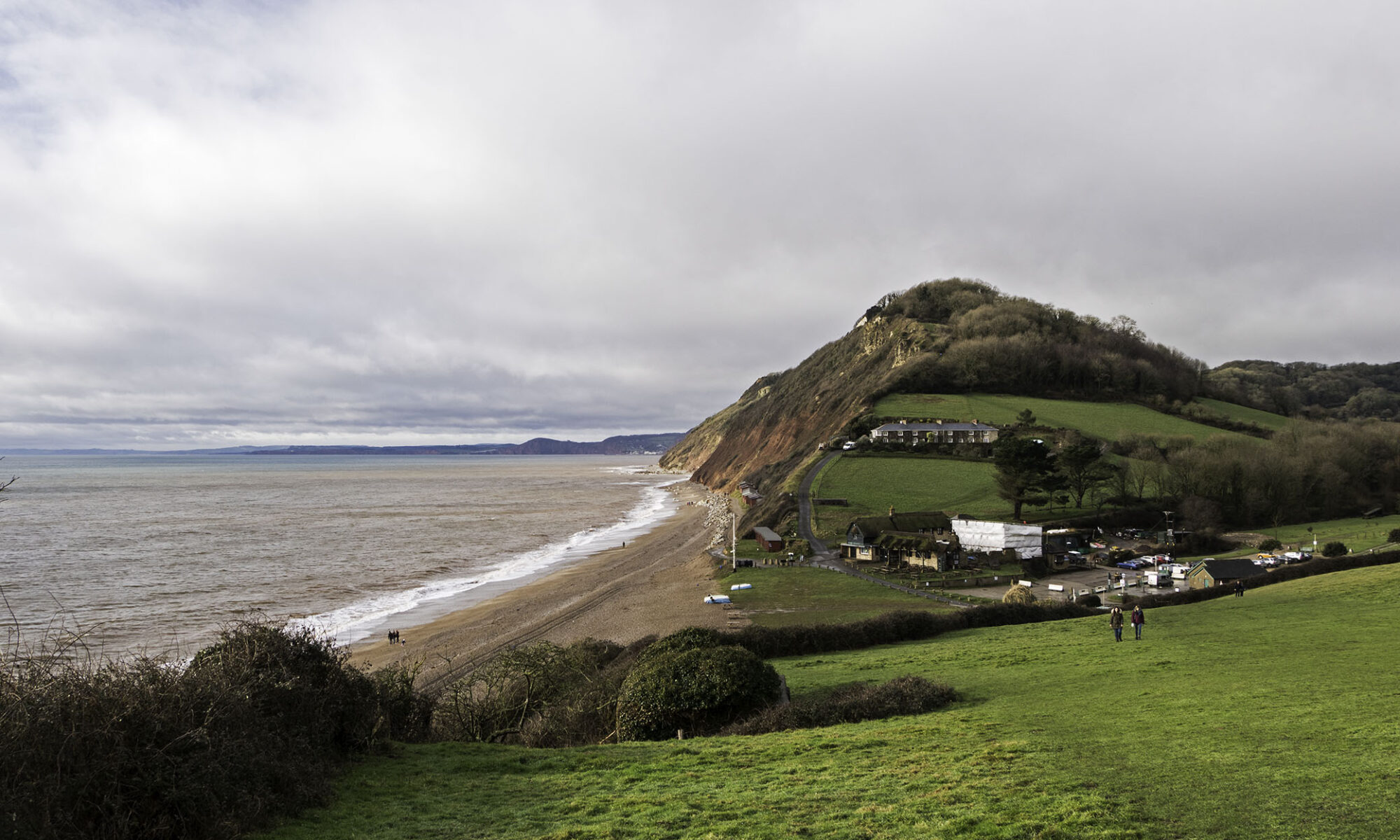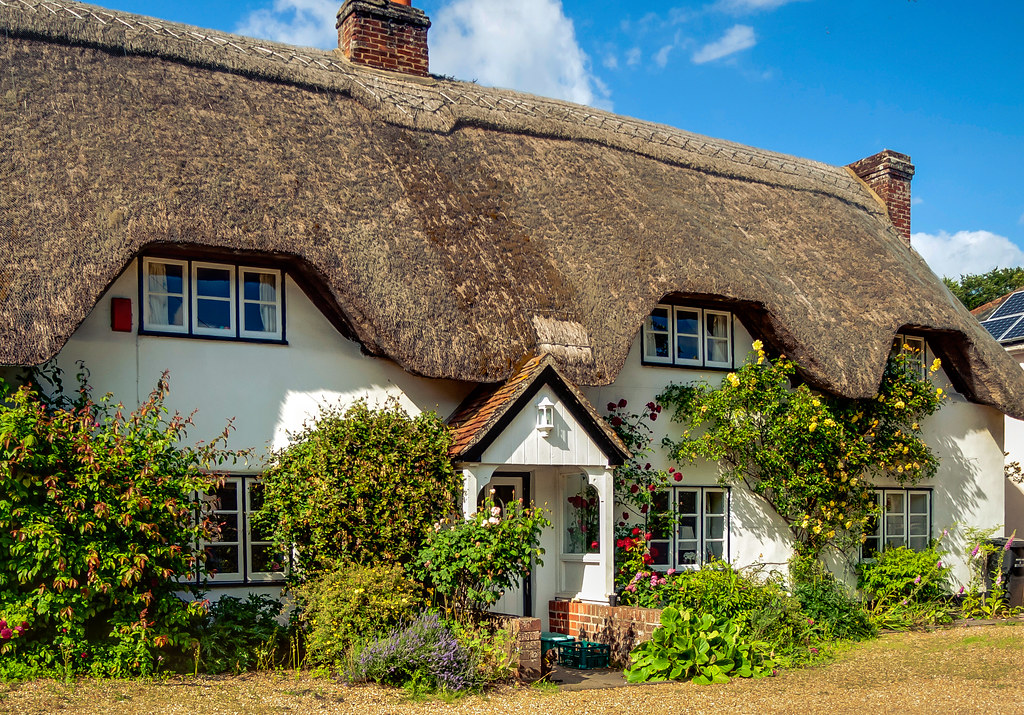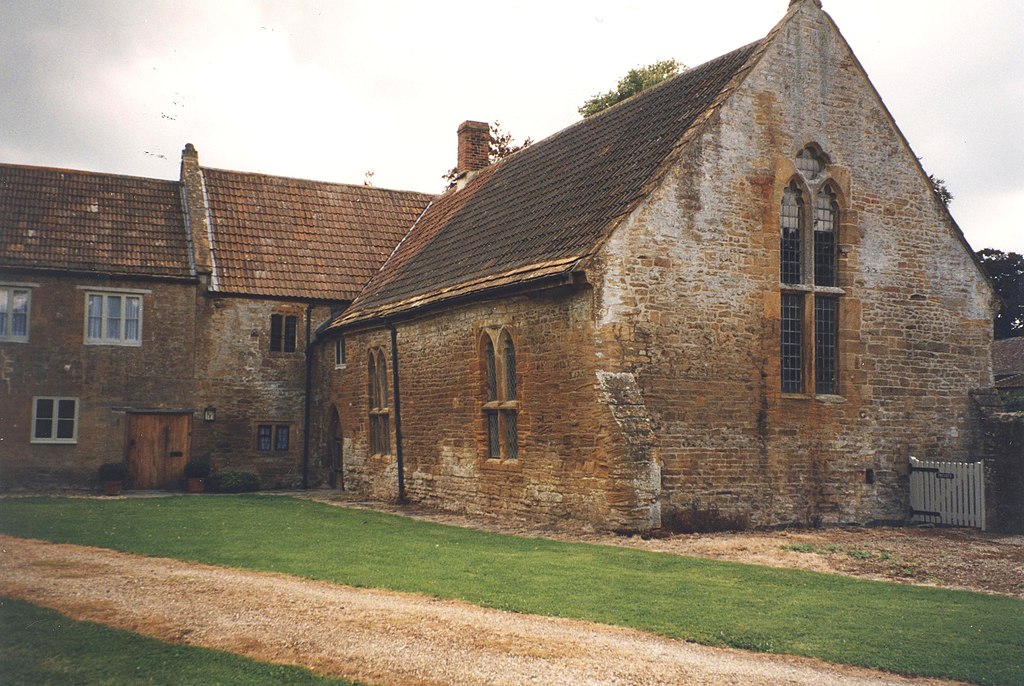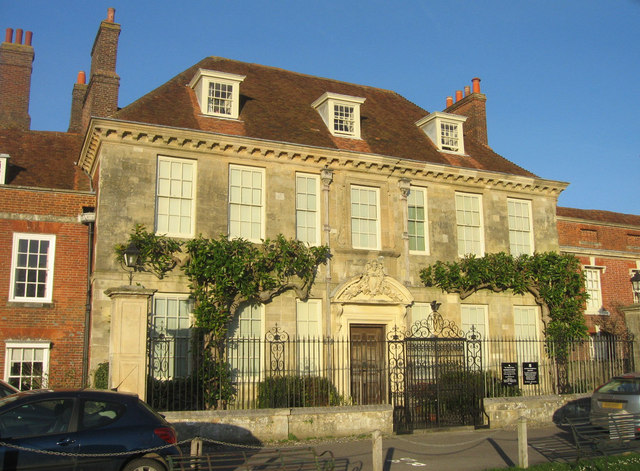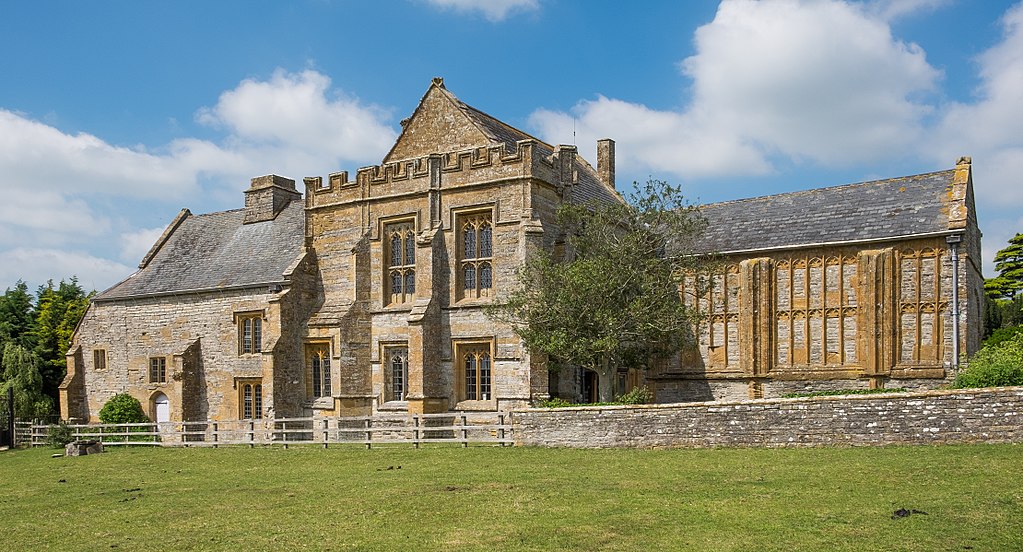Branscombe is a village at the Western end of Devon’s Jurassic Coast, It features a sand and shingle beach, and three National Trust properties: a blacksmith’s forge dating from around 1580; a 19th century watermill; and a thatched bakery which is now used as a tea room.
The name is Celtic in origin, from the personal name Bran, and the word “cwm”, a valley, which later became one of the few Brythonic loan words into Old English (as “combe”). The order of the syllables suggests that the name is Saxon in origin, as a Celtic name would have put the personal name element after the topographic one, as in Cwmbran in Wales.
Branscome was once the haunt of smugglers, and a network of tunnels was discovered in the first decade of the last century. More recently it was the site of the salvaging of the shipwrecked cargo ship MSC Napoli, a salvage operation that took two and a half years.
The village was formerly a centre for the lace industry, giving its name to Branscombe point, a style used by lacemakers to this day. Unlike neighbouring Honiton, Branscombe lace was made using needles rather than bobbins, The lace was thicker than Honiton lace, and slightly quicker to make.
The postcode for satnav purposes is EX12 3DB, and the village is served by Axe Vale Mini-Travel bus number 899, from Sidmouth to Seaton.

